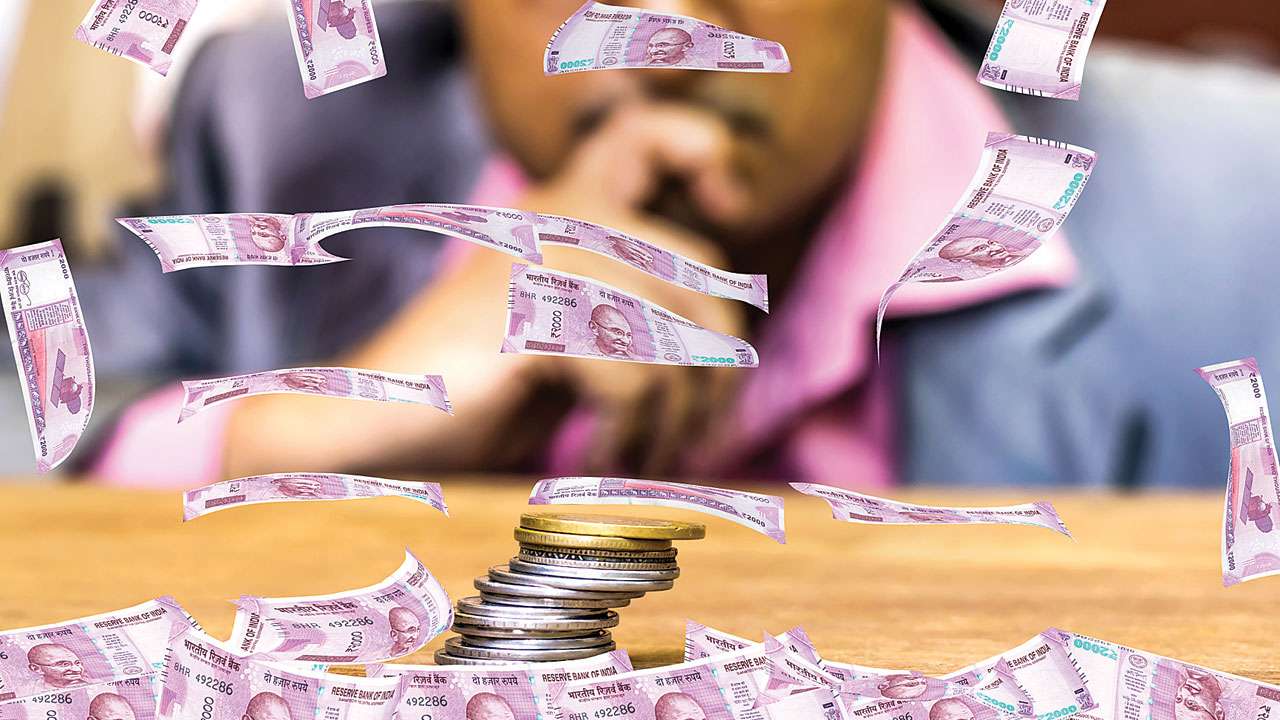
The popular yesteryear song ‘Money, money, money...’ preceded an Oxfam report released this week by quite a few decades. From the benefit of hindsight, it would have been perfect vindication of the lyricist’s thoughts. According to the Oxfam report, the top one percent of India’s richest got richer by a whopping 39 per cent, while the bottom half of the half saw their wealth go up by an incremental one per cent. The report, released suitably at Davos, Switzerland, where the world’s political and business elite have gathered for the World Economic Forum, is based on data from a number of sources. These include reports published by UNESCO Institute for Statistics, Credit Suisse, International Monetary Fund, Forbes, and Oxfam itself. The report highlights the paradox called India. It states that the highest-quality medical care in the country is only available to those who have the money to pay for it.
Even though India is one of world’s top destinations for medical tourism, its levels of public spending on healthcare is among the lowest in the world. According to Oxfam calculations, the poorest Indian states have infant mortality rates higher than those in sub-Saharan Africa. It quotes the National Family Health Survey 2015-2016 to show that the mortality rates in Uttar Pradesh and Chhattisgarh were 64 and 54 deaths per 1,000 live births respectively, while the mortality rate in sub-Saharan Africa stood at 52 per hundred live births. The report also takes note of ‘prejudicial practices’ that are propagated by the caste system, like the one where people belonging to the upper castes are not supposed to use the same dishes or utensils as those belonging to the lower castes.
However, it says, that there is evidence that the Mid Day Meal Scheme in public schools has contributed to the breaking down of this practice as positive instances where the children all eat together have been observed. In recent years, donors like the World Bank have increasingly supported ‘low-cost’ private schooling as an alternative to government provision. However, poverty still remains a decisive factor in the exclusion of poor children from private education. It quotes a study from Uttar Pradesh, where it was found that even low-cost private schools are unaffordable for the poorest 40 per cent of families.
Oxfam also said that 13.6 crore Indians, who make up the poorest 10 per cent of the country, continued to remain in debt since 2004. It noted, with a certain despair, that India’s top 10 per cent of the population holds 77.4 per cent of the total national wealth. The contrast is even sharper for the top 1 per cent that holds 51.53 per cent of the national wealth. The bottom 60 per cent, the majority of the population, own merely 4.8 per cent of the national wealth. Wealth of top nine billionaires is equivalent to the wealth of the bottom 50 per cent of the population. Only in this country is it easy to see both the highs and the lows.